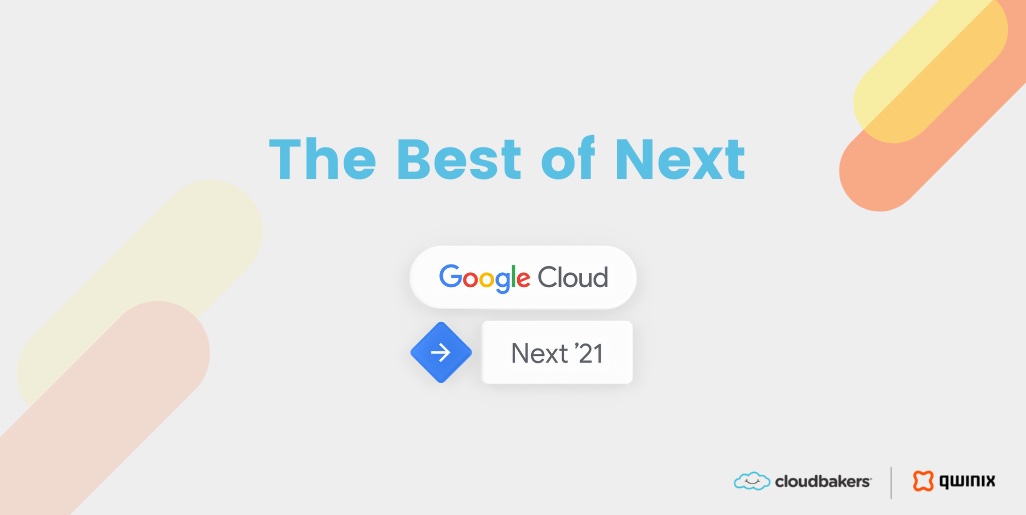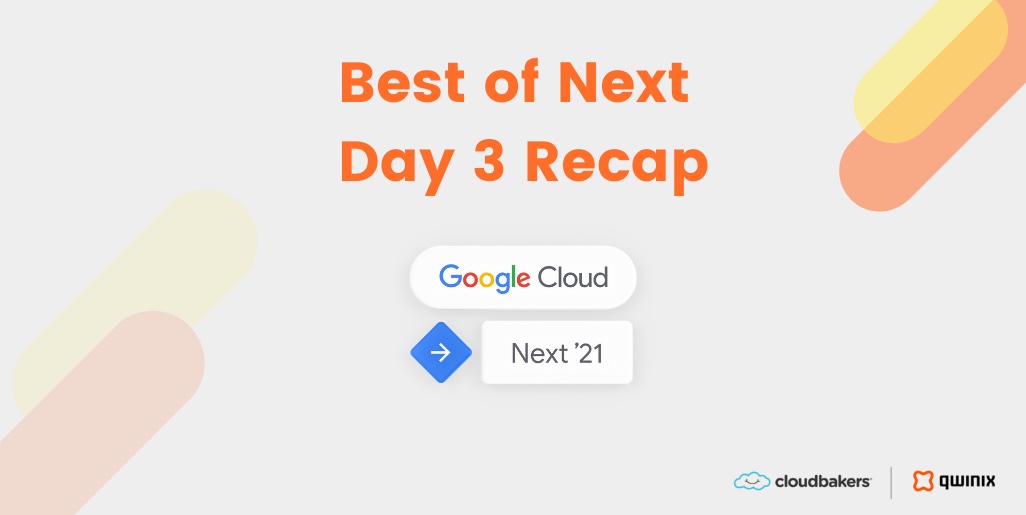Most companies today use more than one cloud provider. While embracing a hybrid or multi-cloud strategy provides several key benefits, cloud resources can spread uncontrollably without a plan for governance in place and create a headache for everyone.
But what is cloud sprawl exactly, and how can you stop it from spreading out of control in your organization?
What Is Cloud Sprawl?
In a nutshell, cloud sprawl is when a company lacks control over or visibility into the spread of its cloud instances, services, or providers across the organization. It usually happens as a result of mismanagement, misconfiguration, or improper monitoring of a cloud environment. Often, organizations are unaware it’s a problem until security issues and unexpected cloud costs crop up.
Cloud Sprawl Risks
Unchecked cloud sprawl can affect everything within an organization, from security to data integrity. The symptoms of cloud sprawl are often unnecessary costs, security risks, and lack of control and governance.
Unnecessary costs: With a lack of monitoring, companies pay for idle or forgotten workloads that aren’t being used and incur more costs.
Security Risks: Forgotten and unmonitored workloads also present more opportunities for hackers to attack.
Lack of Control and Governance: Suppose anyone within an organization can access cloud resources without the proper governance, or separate departments use different cloud providers for the same services. In that case, it could create redundancies when you’re working with many cloud providers.
How to Stop Cloud Sprawl
Once you identify the cause of your organization’s cloud sprawl, you can do a few things to keep it in check.
Devise a Cloud Strategy
Adopting and implementing a company-wide cloud strategy is one way to prevent and rein in cloud sprawl and define what cloud computing looks like for your organization. While your specific strategy will depend on your business needs and use case, cloud strategies typically include migration policies, operating and managing cloud services, and user controls and access.
Take Advantage of Automation Tools
Automation tools can also help contain cloud sprawl. A benefit of working with a major cloud provider is that you get access to tools that can help prevent cloud resources from proliferating across your organization. For example, you can gain centralized visibility and control of your Google Cloud resources and automate policy configuration with Google Cloud’s Security Command Center.
Work with a Cloud Partner
Actively monitoring your cloud environment and documenting usage and costs can be time-consuming. A cloud partner can provide insights, tooling, recommendations, secure landing zone setup (a best practice environment setup with automated security configuration and improved visibility), and support as you configure your cloud environment.
Interested in learning more? Talk to one of our cloud experts about Secure Landing Zone Setup today. With insights, support, and guidance, we can get you up and running in as little as four-plus weeks. This service includes Cloud Landing Zone design and implementation, plus team training on Google Cloud.



